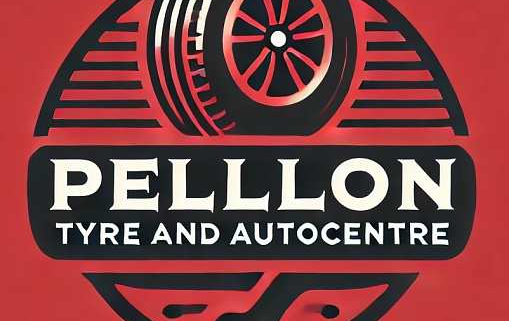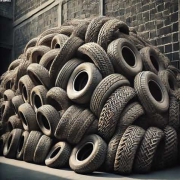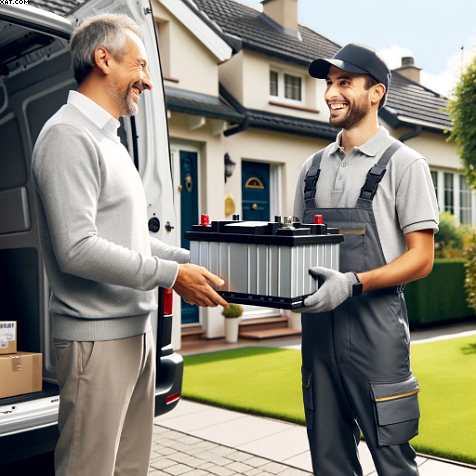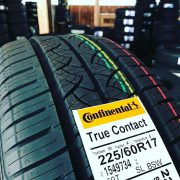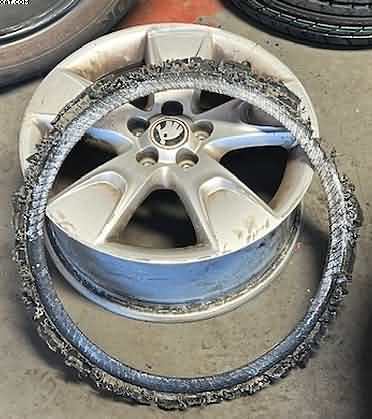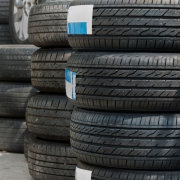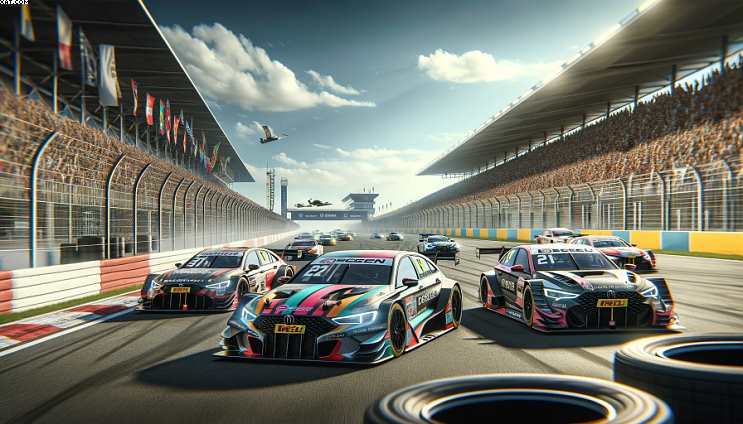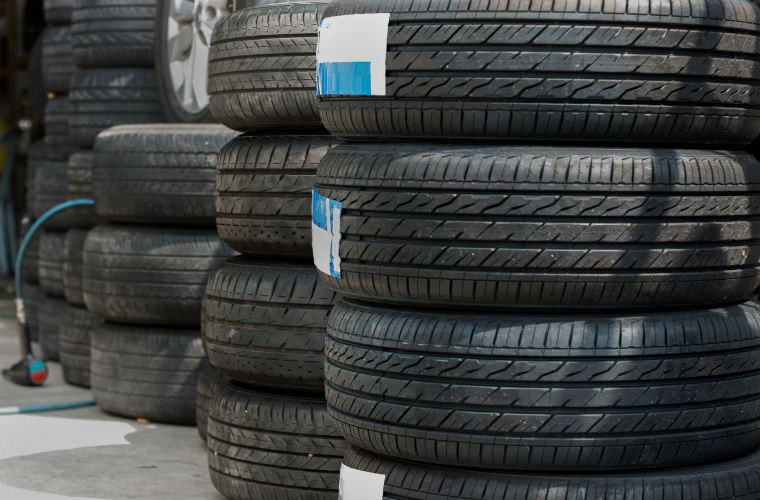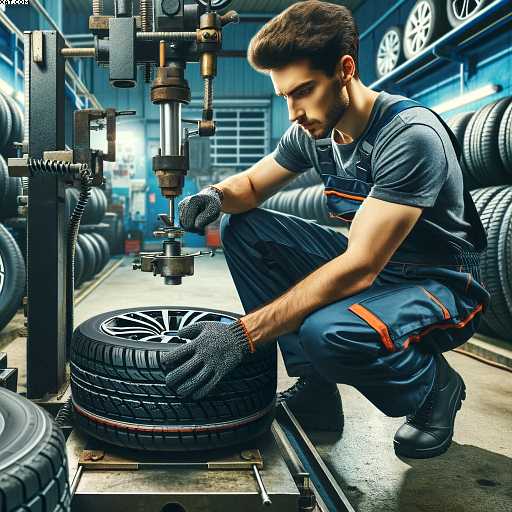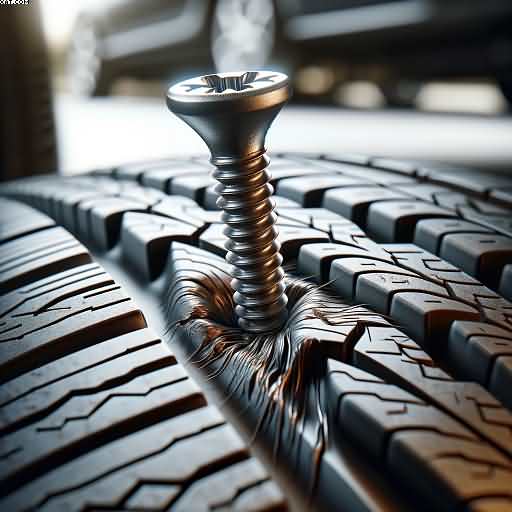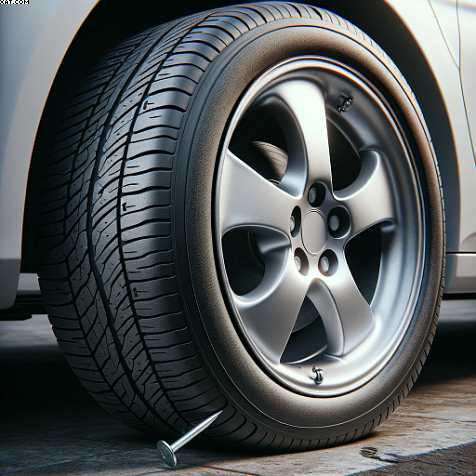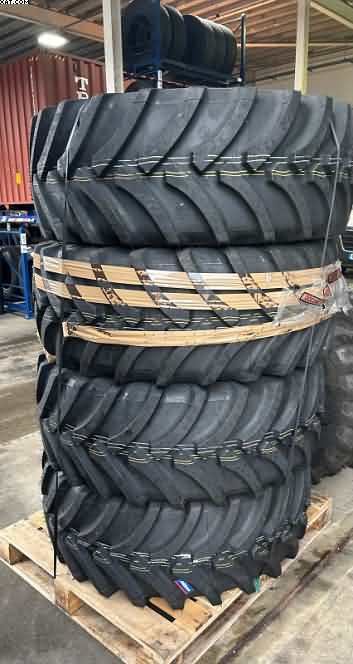Worn Tyres Dangerous
Table of Contents
Worn Tyres Dangerous
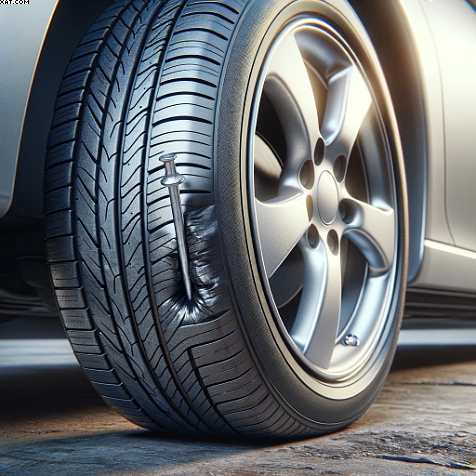
Worn Tyres Dangerous
One-in-six motorists puts safety at risk by driving on Worn tyres.
Penny-pinching motorists are throwing caution to the wind when it comes to their tyres.
EricRoberts‘s insight:
The Hidden Risk: Driving in the UK and Ireland with Dangerous Tyres
We’ve all experienced the joy of getting into the car and driving slowly through Yorkshire’s twisting lanes or maybe taking a picturesque excursion to the Irish countryside.
But one part of our cars that is sometimes disregarded until it’s too late is the tyres. It is a serious risk to drive with unsafe tyres, not simply a little mistake. Here’s why you should always check those rubber lifelines on your car.
The Reasons Behind Tyre Safety
The only thing that comes into contact between your car and the road are its tyres. They are essential to general driving performance, handling, and safety. Here in the UK and Ireland, where routes range from highways to little country lanes and weather can be erratic, keeping good tyre health is even more important.
The Hazards of Damaged or Worn Tyres Less Traction Less tread implies worn tyres can’t grip the road as well. Particularly hazardous on snowy or wet roads, this increases the chance of skidding and requires longer stopping distances.
Aquaplaning: This is a legitimate worry given our renownedly wet weather. This happens when the car loses touch with the road surface when a layer of water builds up between the tyres and the road. Wet weather driving is dangerous since worn tyres are far more susceptible to this.
Blowouts: You run a higher chance of blowouts when you drive on worn or underinflated tyres. Consider driving down the M62 and all of a sudden losing control when a tyre bursts. That is a frightening idea that might result in major mishaps.
Inadequate Handling: Worn Tyres Dangerous
In an emergency, especially, tyres in bad shape might make your car more difficult to handle. Reliable tyres are essential to maintaining the stability of your vehicle, whether you’re driving down the seaside roads of County Kerry or the twisting Yorkshire Dales.
Laws and Penalties
Tyres must have a minimum tread depth of 1.6mm over the middle three-quarters of the tyre in the UK and Ireland. It is illegal as well as unsafe to drive on tyres that fall short of this requirement. For every defective tyre, you risk a large fine and points on your licence if discovered. Sometimes this means losing your licence completely.
Checking Your Tyres. Worn Tyres Dangerous
One easy way to be safe and stay out of legal hot water is to get routine tyre checkups. Quick reference:
Use the edge of a 20-p coin or a tread depth gauge to measure the depth.
Put it into the tread grooves; your tread is too low if the coin’s outside band is visible.
Pressure:
Before long excursions and once a month, check your tyre pressure. The ideal pressure levels are listed in the handbook of your vehicle.
Damage:
Check for tyre bulges, cracks, or cuts. These might point to interior damage and an increased chance of blowouts.
Alignment Even tyre wear can indicate problems with alignment. It’s time for an inspection if you see one side of the tyre wearing down more quickly than the other.
Views from the Local Level
Halifax puts a lot of strain on your tyres with its combination of urban and adjacent country roadways. The rough landscapes and little lanes of Ireland are the same. The regular rainfall and sporadic frost in our area add yet another level of complications. The goal is to make every trip as safe as possible, not merely to follow the rules.
What to Do in the Event of a Suspect Problem. Worn Tyres Dangerous
Don’t wait until your next planned service if you believe your tyres may be past their best. Visit our Halifax garage to for a fast tyre check. This small amount of time commitment can significantly improve your safety and mental health.
Recap. Worn Tyres Dangerous
Driving on potentially hazardous tyres is just not worth the risk. Safe tyres are essential, whether driving in the busy streets of London or the quiet lanes of Ireland. Ongoing inspections and maintenance can keep you out of legal hot water, save lives, and prevent accidents.
Think about those tyres the next time you go for a drive. Could they handle the work? If not, your neighbourhood garage may need to be visited. Maintain your tyres in excellent condition, drive carefully, and have fun!
Come by our Halifax garage if you require professional advice or have any inquiries about tyres. Our team is always available to assist in maintaining your driving safety. Cheers to travel!
- Engine Warning Lights
- BMW 320i Winter Tyres
- Bald Car Tyres are lethal
- 6 Reasons to check your Caravan Tyres
- Merc Has Bridgestone Runflat Tyres Fitted
Check out tyre safety…www.tyresafe.org
